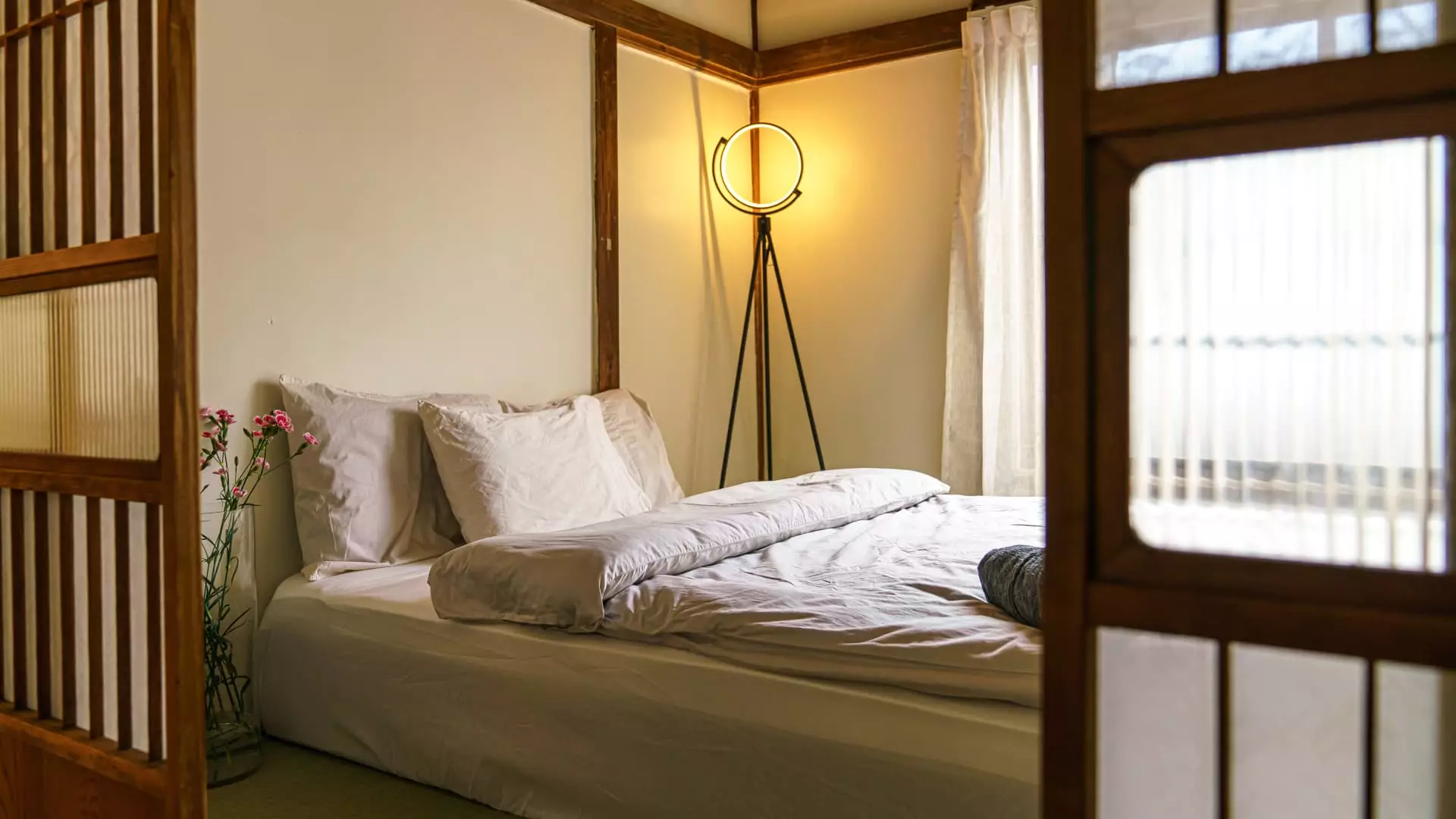Japan finds itself in a unique paradox within the global housing landscape—while many countries grapple with acute shortages, Japan is burdened with an abundance of empty properties known as “akiyas.” As of 2023, official data indicates that there are approximately 9 million of these abandoned houses across the nation. This phenomenon can be primarily attributed to a profound demographic shift: Japan’s population is in decline, with a birth rate that plummeted to a record low of 1.2 births per woman and an aging population where around 30% are over the age of 65. The result? Countless homes standing silent, many waiting for revival.
Amidst this intriguing backdrop, individuals like Anton Wormann have discovered opportunities that defy conventional real estate wisdom. For Wormann, a Swedish national, the call of these akiyas resonated deeply, offering not just a business prospect but a chance to revive the forgotten beauty of Japanese architecture.
Wormann’s journey began not long after he visited Japan for work in 2015. Captivated by the country’s aesthetic charm, rich culture, and delectable cuisine, he made it a point to return annually. It was only a matter of time before he traded the familiarity of his previous urban homes—Paris, London, Milan, and New York—for the vibrant life in Japan. Moving to Japan in 2018 marked a turning point, as he immersed himself in its language and cultural nuances, allowing him to connect more deeply with his surroundings.
It was during this transitional phase that Wormann unearthed a major opportunity: the renovation and transformation of akiyas into short-term rental properties. Reflecting on this venture, Wormann expressed that his longstanding fascination with DIY projects, nurtured by childhood experiences renovating homes with his father, prepared him for this unique endeavor.
After discovering an abandoned property next door and with the guidance of a neighbor, Wormann succeeded in acquiring a house that was over 80 years old for about 8 million yen (approximately $54,000). Like many similar properties, it was laden with the belongings of former inhabitants and presented daunting structural challenges, not to mention pest issues. Nonetheless, Wormann saw potential where others may have viewed decay.
His 15-month renovation project was both a labor of love and an exercise in perseverance. With each hour spent on the property, Wormann’s vision for restoration grew clearer. He learned to appreciate the subtleties of design, driven by the sunlight and spatial dynamics within the house. The experience was not only taxing but also immensely fulfilling, as he amassed over 1,000 hours dedicated solely to this project.
Renovating a narrow property in the heart of Tokyo posed logistical challenges that required both creativity and systematic execution. The elimination of debris became a cyclical task—demolish, clean, and repeat—creating an intricate dance between disassembly and reassembly. Wormann often reflects on the emotional connection he developed with the house, stating, “It occupied my mind. I lived for that house for a year.”
The culmination of Wormann’s hard work yielded a stunning rental property, contributing significantly to his income. Today, adorned with carefully considered design elements that pay homage to its history, this akiya now attracts tourists who delight in its charm, bringing in a monthly rental revenue of about $11,000.
What began as a solitary passion project has blossomed into a full-fledged business. Wormann currently owns eight properties in Japan, seven of which are akiyas. With ambitious plans to renovate four additional homes, he stands at the forefront of a transformative movement.
His mission goes beyond generating income; it embodies a commitment to cultural preservation. In Wormann’s eyes, breathing new life into these abandoned houses safeguards Japan’s architectural heritage. He poignantly remarked on the cultural loss represented by these empty homes, stating that revitalizing them is not only possible but essential.
In a rapidly changing world where urban centers often overshadow rural communities, Wormann’s endeavors highlight the importance of utilizing existing resources while nurturing cultural heritage. By restoring akiyas and redefining their purpose, he illustrates how personal passion can lead to broader societal benefits. As he continues to breathe life back into Japan’s forgotten homes, Anton Wormann stands as a testament to the idea that with creativity, dedication, and vision, even the most dilapidated spaces can sparkle anew.

